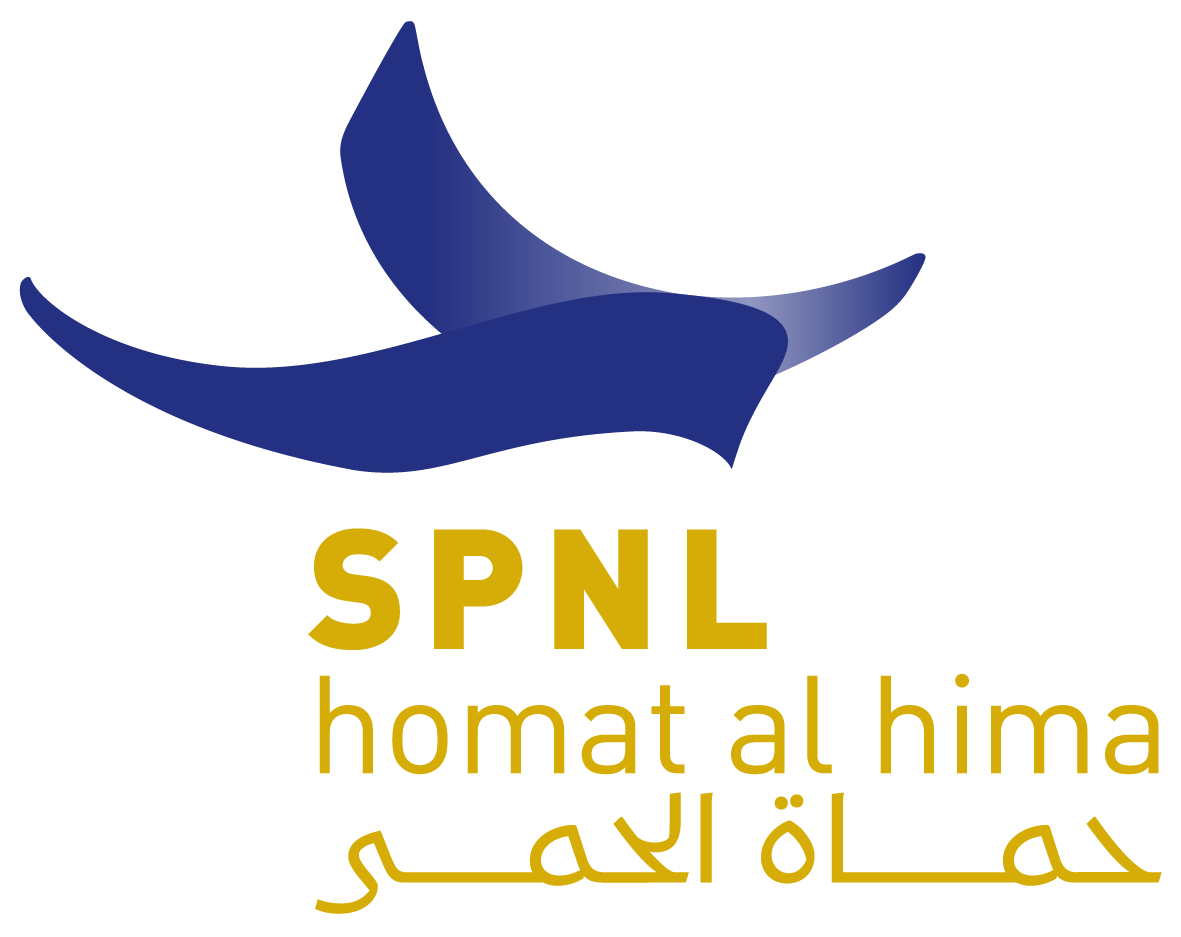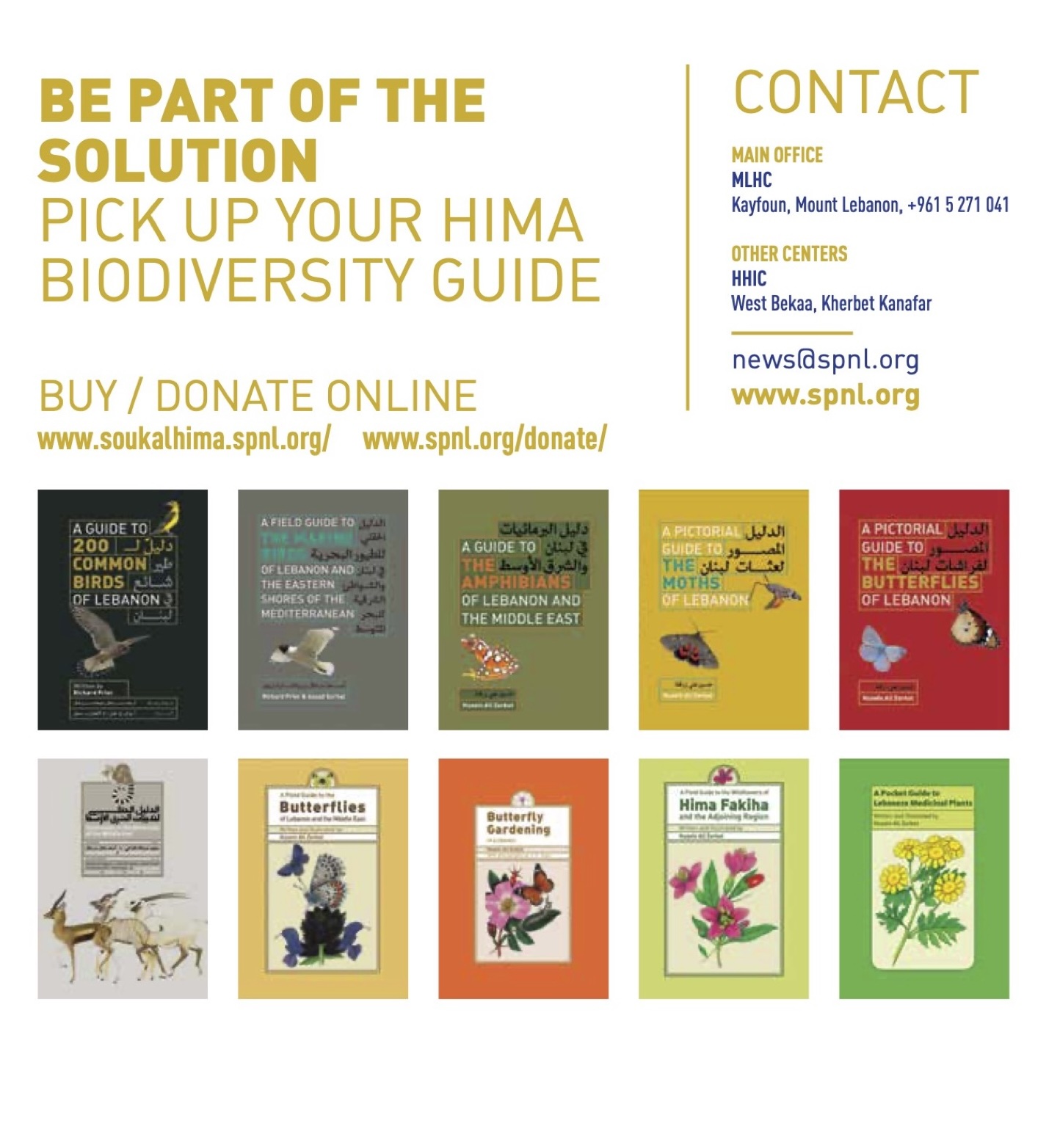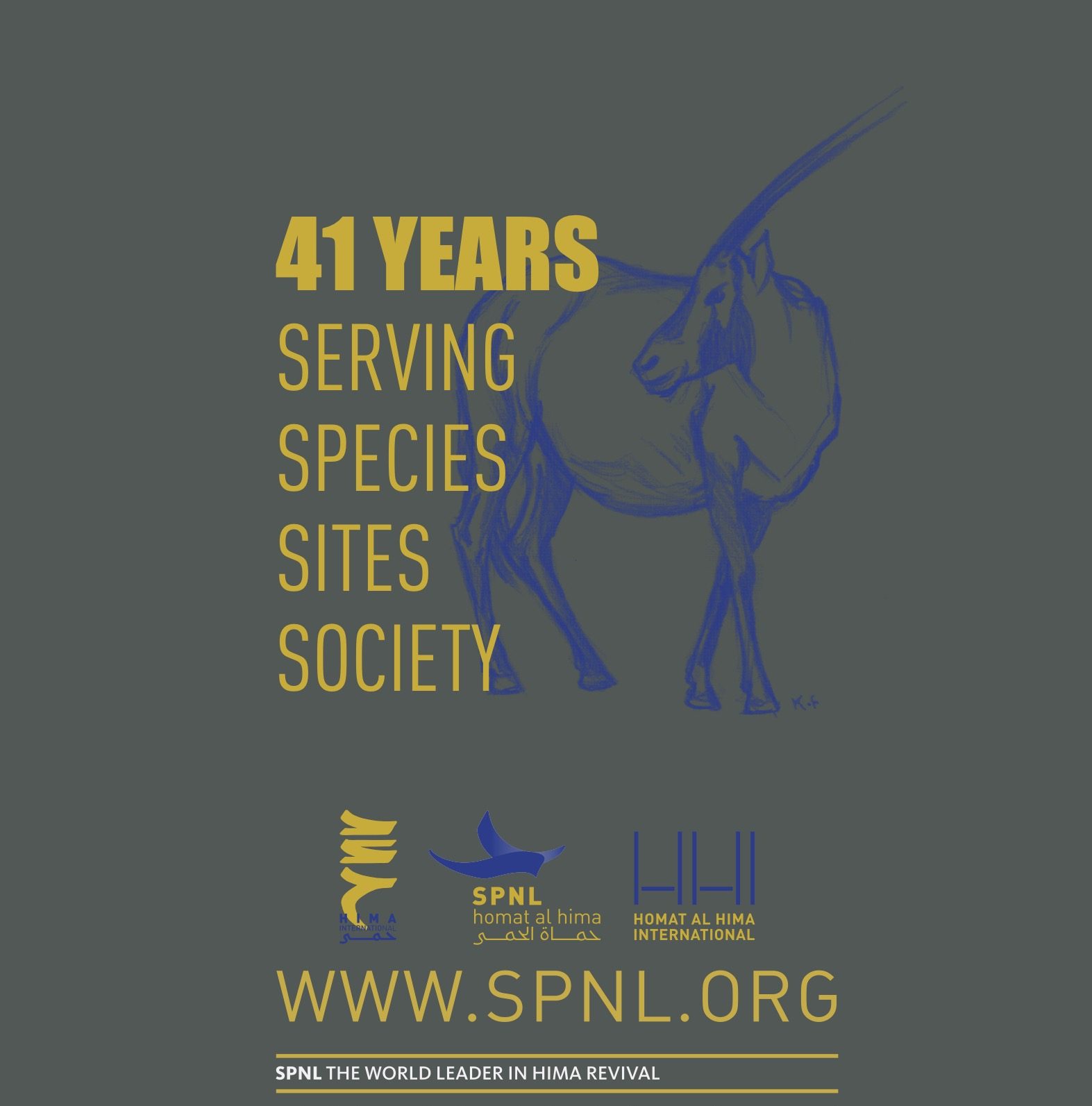The Search for Lost Birds, a collaboration between Re:wild, American Bird Conservancy and BirdLife International, has developed the most complete tally of bird species that are lost to science. Of the approximately 11,849 species of birds, 126 meet the criteria of being “lost.”
You can find out more on how to help the search for lost birds at: https://searchforlostbirds.org/. The initial analysis to identify the birds lost to science was supported by the Constable Foundation. The Search for Lost Birds is supported by Allbirds.
Is it possible to ‘lose’ a bird? As described by the papers’ lead author, Cameron Rutt, “Birds are the most well-documented group of animals on Earth’’. Yet there still remains a number of species that have not been documented in at least 10 years. From the Papuan whipbird, an endearing dark green bird that hasn’t been documented in 13 years to the Jamaican Pauraque, a stunning nightjar that was last seen in 1860, now thought to be Critically Endangered, and may be extinct.
There are many reasons why these 126 species have not been found. Some birds are in areas that are difficult to reach, preventing conservationists from mounting searches to find them. It is also possible that these birds are lost only to scientists, and local and Indigenous communities are still sighting these species, as was the case with the black-naped pheasant-pigeon in Papua New Guinea (its local name is Auwo).






